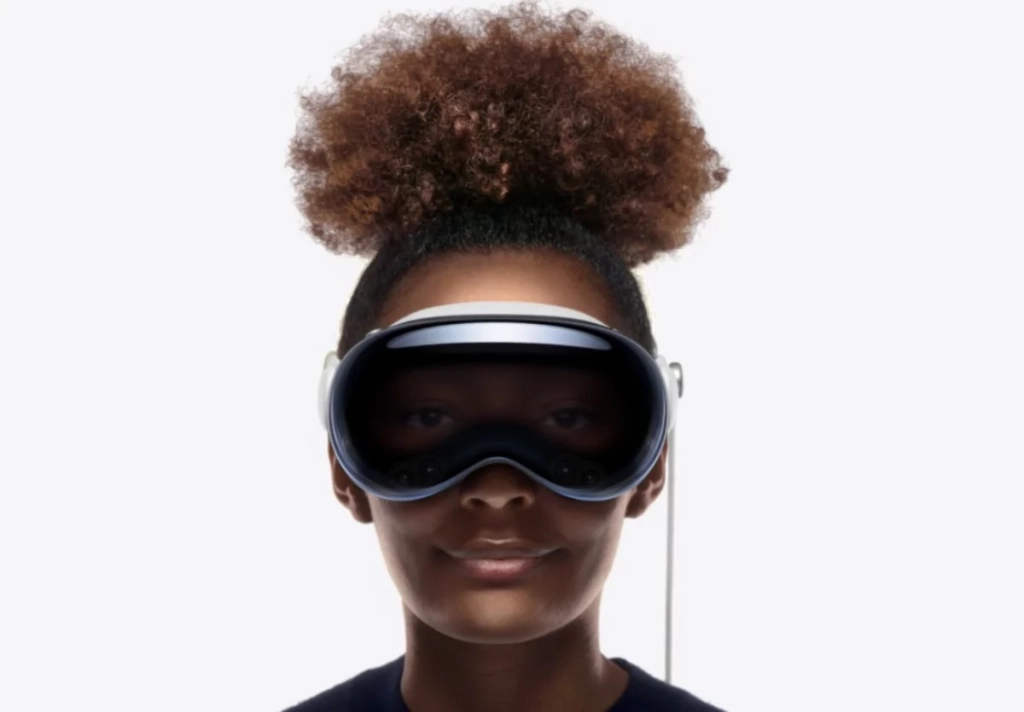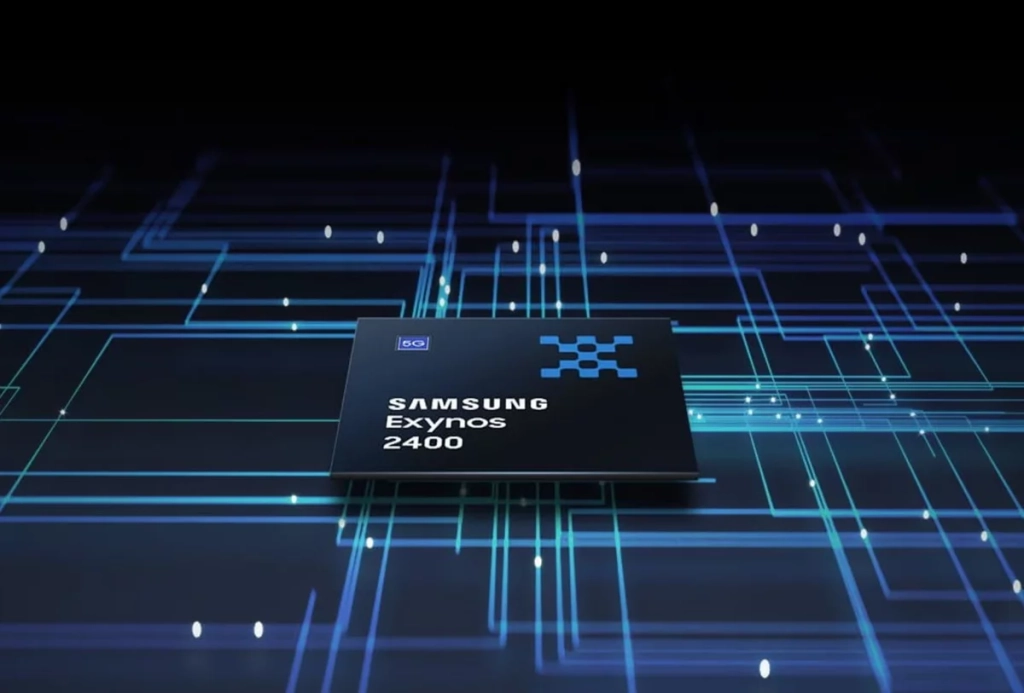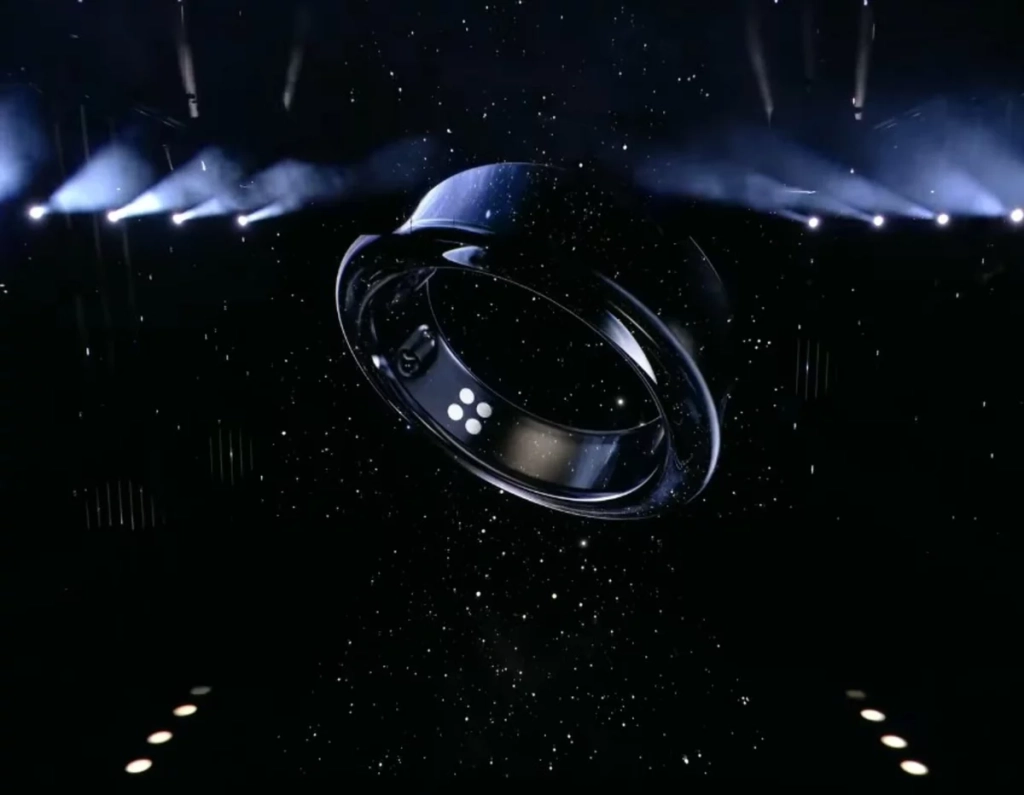GDDR7 RAM is at least 50 percent faster than the fastest GDDR6(X) memory components. Gaming graphics cards could thus come close to 2 TB/s.

At the Samsung Tech Day 2022 in-house exhibition, Samsung is giving an outlook on current memory developments, including GDDR7 components for upcoming graphics cards. The responsible group of companies JEDEC has not yet finally specified GDDR7, but Samsung has already revealed an important detail: Corresponding components should achieve at least 36 gigabits per second (Gbps) and pin.
That’s a 50 percent speed increase compared to the fastest GDDR6 and GDDR6X devices. A maximum of 24 Gbps is currently possible, but Nvidia limits itself to 21 Gbps GDDR6X even with its new top model GeForce RTX 4090. AMD uses 18 Gbps GDDR6 in its (still) fastest graphics card Radeon RX 6950 XT.
With its 384-bit wide memory interface, the GeForce RTX 4090 achieves a transfer rate of 1008 GB/s. With the 36 Gbps fast GDDR7 components, 1728 GB/s would be possible on a 384-bit interface – so far only HBM stack memory has achieved such values.
Still without an appointment
Samsung did not reveal when GDDR7 RAM will be ready for the market. In any case, a lot seems to have happened in the past 12 months: At Samsung Tech Day 2021, the company still promised GDDR7 components with 32 Gbps. There could be further performance leaps before the performance.
Samsung’s other innovations include next-generation 1b DRAM chips – from the 10-nanometer class, but like 1a with extreme ultraviolet (EUV) lithography technology. Series production is scheduled to begin in 2023. TLC NAND flash with a capacity of 1 terabit per device will also be available by then. By the year 2030, Samsung is aiming for NAND flash with more than 1000 storage layers – the current limit is 236 layers.






Leave a comment